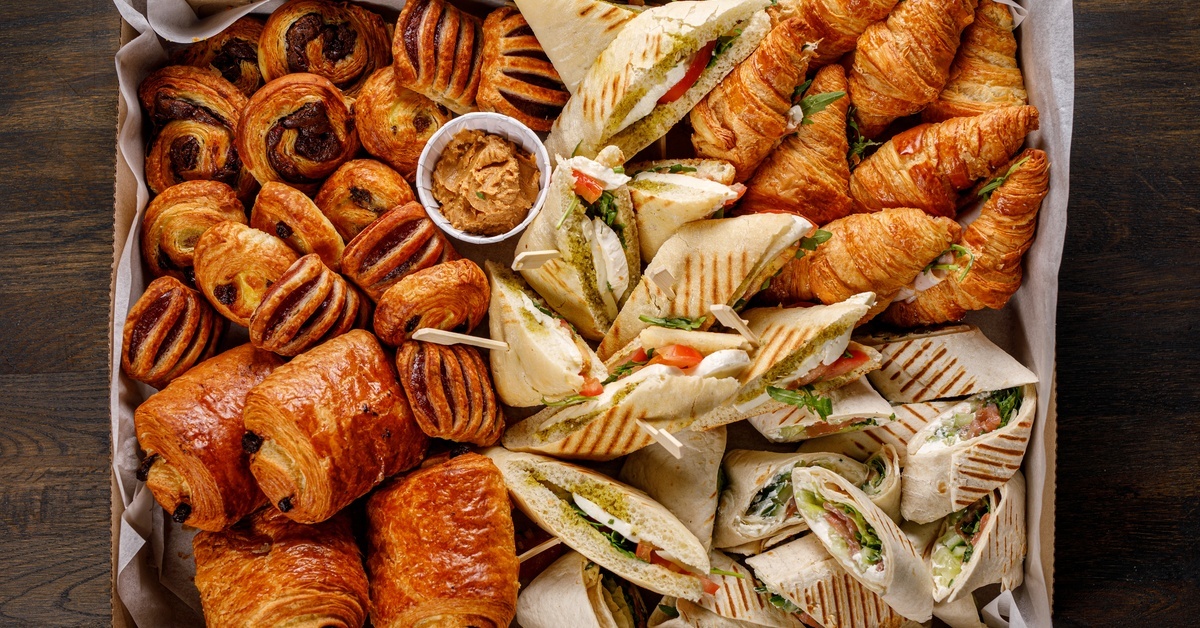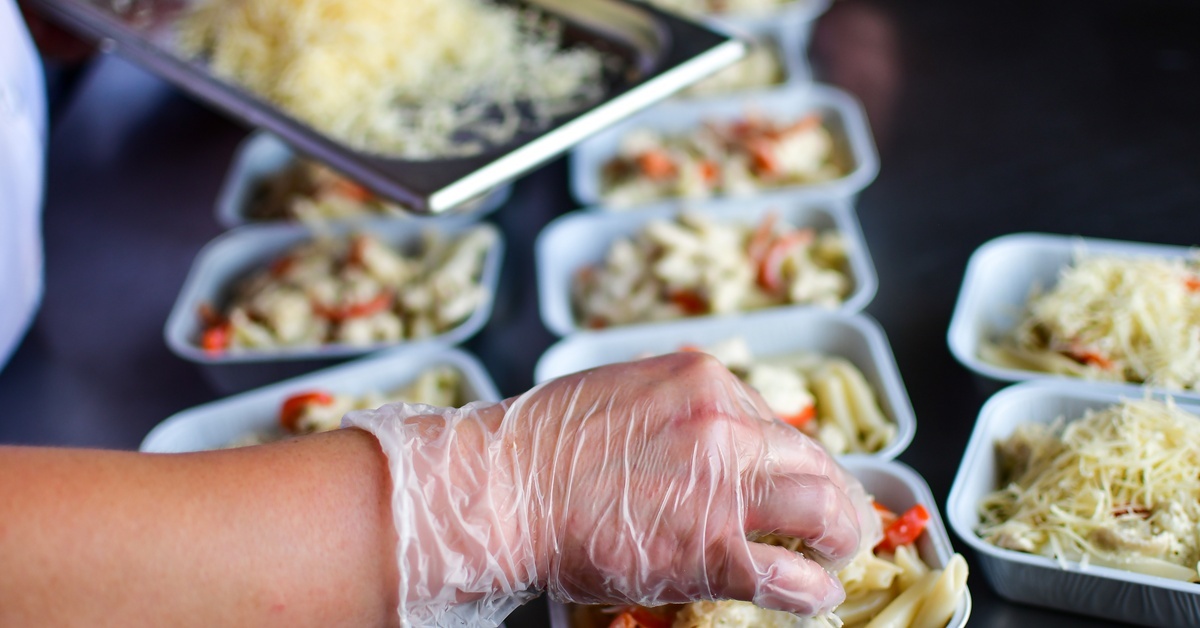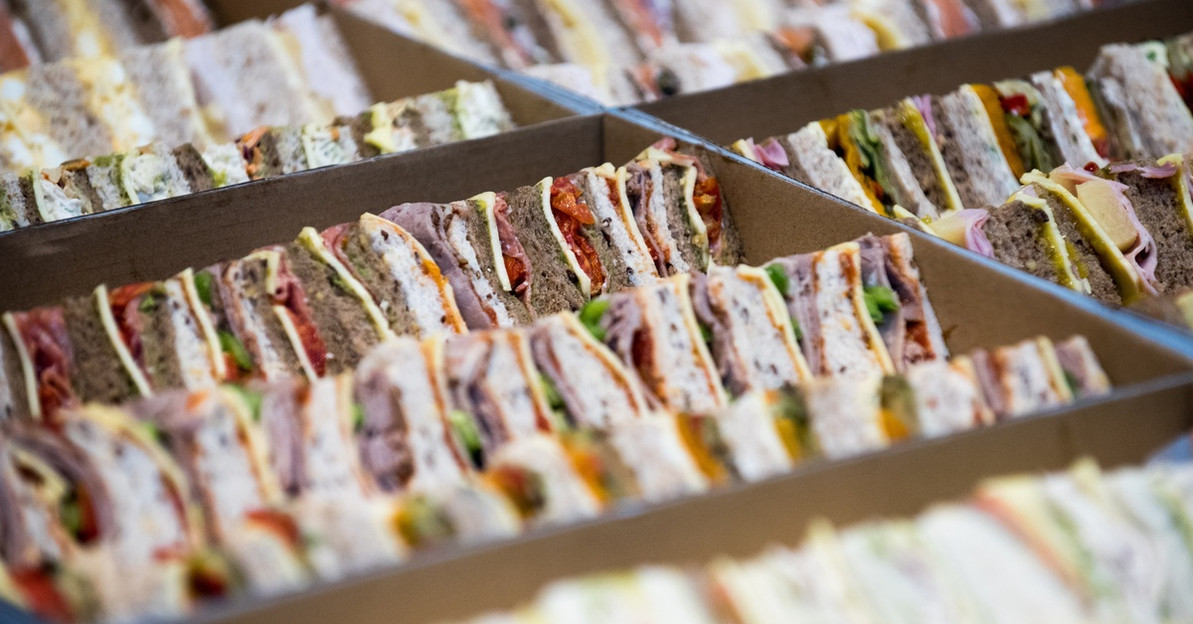Dos and Don’ts When Sourcing Catering Boxes
Catering boxes play a critical role in your food service business. They protect your carefully prepared meals during transport, maintain food quality, and serve as a mobile advertisement for your brand. The right catering boxes can elevate your customer experience and strengthen your reputation. The wrong ones can lead to spills, disappointed customers, and wasted resources.
Making informed decisions about catering boxes requires understanding what works and what doesn’t. This post walks you through the essential dos and don’ts of sourcing catering boxes so you can make choices that benefit both your business and your customers.
Do Prioritize Food Safety and Hygiene
Food safety starts with the packaging you choose. Select catering boxes made from food-grade materials that meet regulatory standards. These materials prevent contamination and keep your food fresh from the kitchen to the customer.
Look for boxes that resist moisture and grease. When packaging items like sandwiches, wraps, or fried foods, you need materials that won’t break down or allow leakage. Grease-resistant paperboard or coated materials work well for most catering applications.
Do Choose Eco-Friendly and Sustainable Materials
Customers increasingly care about environmental impact. Selecting sustainable catering boxes demonstrates your commitment to responsible business practices while meeting customer expectations.
Recyclable and compostable materials offer practical alternatives to traditional packaging. Paperboard, kraft paper, and bagasse (made from sugarcane fiber) break down naturally, reducing environmental impact. These materials perform well while giving your business an eco-friendly edge.
When ordering catering boxes in wholesale quantities, ask suppliers about their sustainability practices. Many manufacturers now offer biodegradable options that don’t sacrifice quality or functionality.

Do Consider Size and Shape for Your Specific Needs
The dimensions of your catering boxes matter more than you might think. Boxes that are too large waste material and increase shipping costs. Boxes that are too small create cramped presentations and potential spillage.
Assess your typical catering orders. Do you primarily serve individual meals, family-style portions, or buffet platters? Each requires different box dimensions. Individual meal boxes typically range from six to ten inches, while larger catering trays need boxes up to 18 inches or more.
Shape affects functionality, too. Rectangular boxes work well for sandwiches and wraps. Square boxes are ideal for salads and grain bowls. Deep boxes accommodate layered items or meals with multiple components.
Do Opt for Boxes With Secure Closures
Nothing damages your reputation faster than food arriving in disarray. Secure closures prevent spills during transport and maintain food presentation.
Tab locks, tuck tops, and auto-lock bottoms provide reliable closure mechanisms. Tab locks work well for lighter items, while auto-lock bottoms add stability for heavier meals. Some catering boxes feature window cutouts with clear film that showcase your food while keeping everything contained.
Test your boxes before committing to large orders. Fill them with samples of your typical menu items and simulate transport conditions. A box that looks sturdy on the shelf might perform differently when filled and handled.
Do Brand Your Catering Boxes for Enhanced Visibility
Custom branding transforms plain catering boxes into marketing tools. Every delivery becomes an opportunity to reinforce your brand identity and attract new customers.
Start with your logo and brand colors. Simple designs often work best because they remain legible at various sizes. Include your website and social media handles to make it easy for customers to find and follow you.
Consider adding a tagline or brief message that communicates your value proposition. Phrases like “Locally sourced ingredients” or “Made fresh daily” tell customers what makes your catering special.
Custom printing costs vary based on order quantity, so factor this into your budget when sourcing wholesale catering boxes. Many suppliers offer affordable custom printing for bulk orders.
Don’t Overlook Proper Insulation for Temperature Control
Temperature control protects food safety and quality. Hot foods need to stay hot, and cold items must remain chilled during delivery.
Standard catering boxes provide minimal insulation. For foods that require temperature maintenance, consider insulated options or supplementary solutions, such as insulated bags. Some catering boxes feature double-wall construction that provides basic temperature retention.
Think about your typical delivery times and distances. Short local deliveries might work with standard boxes, while longer transport times require additional insulation. Match your packaging to your specific operating conditions rather than assuming one solution fits all situations.

Don’t Neglect Ease of Assembly and Storage
Your team handles catering boxes multiple times during each shift. Complicated assembly wastes time and increases labor costs. Difficult storage takes up valuable space.
Flat-packed boxes save storage space but require assembly. Look for designs that fold together quickly without requiring tape or additional securing methods. Your staff should be able to assemble boxes in seconds, not minutes.
Stackability matters too. Boxes that nest or stack efficiently maximize your storage capacity. Measure your storage areas before ordering and confirm that your chosen boxes will fit your available space.
Don’t Ignore Customer Feedback on Box Quality
Your customers interact with your catering boxes every time they order from you. Their experience with packaging directly affects their perception of your business.
Pay attention to complaints about leaking, difficult-to-open closures, or boxes that arrive crushed. These problems indicate that your current packaging doesn’t meet your needs.
Ask for specific feedback on packaging when you follow up with customers. Simple questions like “Did your order arrive in good condition?” or “Was the packaging easy to handle?” provide valuable insights.
Track patterns in customer comments. If multiple customers mention the same issue, take it seriously and explore alternative packaging options.
Don’t Forget About Legal Compliance for Food Packaging
Food packaging regulations exist to protect public health. Noncompliance can result in fines, legal action, and damage to your reputation.
Verify that your catering boxes comply with FDA regulations for food contact materials. This includes restrictions on certain chemicals and requirements for materials that come into direct contact with food.
Different jurisdictions may have additional requirements. Some cities and states have banned certain packaging materials or mandated specific recycling or composting standards. Research the regulations that apply to your location and business type.
Make Packaging Decisions That Serve Your Business
Catering boxes do more than hold food. They protect your products, represent your brand, and influence customer satisfaction. Taking time to review the dos and don’ts of sourcing catering boxes pays off in fewer complaints, better reviews, and more repeat business.
Start by assessing your current packaging. Does it meet all the criteria discussed here? If not, identify which areas need improvement and prioritize accordingly. Food safety and security should come first, followed by branding and sustainability considerations.
When you’re satisfied with your choice, order samples before committing to large quantities. Test them thoroughly with real menu items and typical delivery conditions. Once you find boxes that work well, establish a relationship with your supplier to maintain consistent quality and pricing.
Your packaging choices reflect your commitment to quality and customer service. Choose wisely, and your catering boxes will become an asset that supports your business growth. In fact, choose KEVIDKO for all your catering box needs. Our incredible selection means you’re bound to find the right fit for your business. Take a look today!
Recent Posts
-
Benefits of Clear PET Cups for Display Drinks
When customers can see what they’re ordering, your drinks do the selling for you. From vibrant smoot …Nov 17th 2025 -
Pros and Cons of Disposable vs. Reusable Plates
Choosing between disposable and reusable plates affects your budget, environmental impact, and daily …Oct 30th 2025 -
Dos and Don’ts When Sourcing Catering Boxes
Catering boxes play a critical role in your food service business. They protect your carefully prepa …Oct 30th 2025




